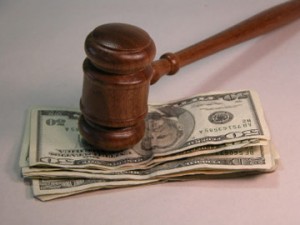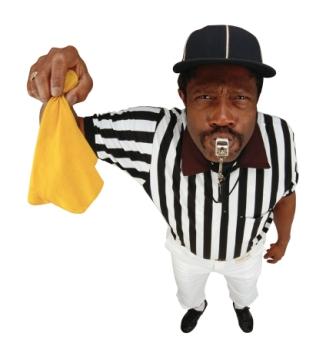
As I write this the board of directors have been in charge now for just shy of two months. In that two months we have been working to setup committees, establish policies, create a website, etc. One of the committees we created, The Architectural Review Committee, is beginning to get more active within our neighborhood. This will have both positive and negative effects on you depending on your point of view.
The ARC has a few basic duties. One of their primary and often most controversial jobs is policing the many violations which pop up from time to time. The ARC works with the board of directors to handle complaints of CCR violations by being the eyes and ears in the neighborhood. I though it would be a good idea to quickly go over the current process we will be using to handle violations of the CCRs, both past and present.
In the typical scenario a member of the HOA will notify us, the board of directors, of a violation of the CCRs. A member of the ARC will then go to the location and observe the violation (if possible). The ARC member will document the violation and then send an official notice of violation to the board of directors. If the violation is something minor, like un-mowed grass, a copy of the notice of violation will be dropped off at the home of the member in violation asap. This eliminates the delay and cost involved when these types of minor violations are sent through the management company.
If the violation is more substantial, a fence or shed for instance, the board will then review the violation. Often the president or secretary will check with the management company to ensure the perceived violation was not actually approved in error or based on some extenuating circumstances. If the perceived violation was approved, the board will discuss whether or not to proceed with official notification of a violation.
If the board decides to move forward with official notification of a violation, the management company will be notified. At this point the process becomes more automated. You will receive a notice in the mail telling you that you are in violation of the CCRs. If the violation remains uncorrected you will receive a second notice. After the second notice you will then receive notice of a Hearing. The hearing is your opportunity to meet with the board of directors and estate your caseâ€. After the hearing you will receive notice by mail of the boards decision. If the violation was dismissed, you are done. If not you still have to fix the problem.
At this point you will receive notice to correct the violation before a set date or you will be fined by the HOA. If the violation remains uncorrected and the fines are not addressed, the board will be forced to eventually have a notice of lien sent to you. Fail to address the violation and the fines, and the lien will be placed on your home. You will also be assessed lawyer fees and other fines associated with the lien process. Finally, and only after all other efforts are exhausted, the board will move to foreclose on your property in order to resolve the situation.
Obviously this is a LONG and slow process. The process is slow and tedious with good reason nobody wants to foreclose on a home because a neighbor didn’t mow his or her grass. I can only imagine the entire process being played out in the most extreme situations.
As always I would like to remind you that we are neighbors. Sometimes un-mowed grass is a symptom of a much bigger problem. Talk to your neighbors, make them your friends, and help those around you.

